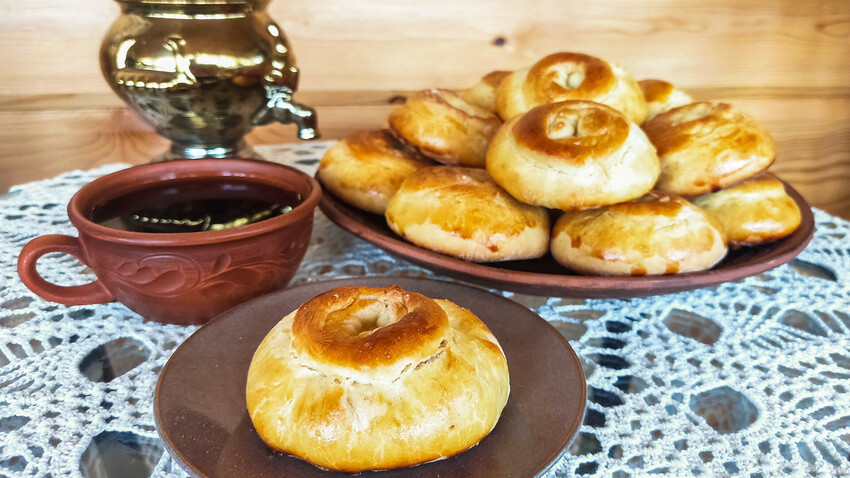
Who can resist warm buns, fresh from the oven?
Olga BrovkinaSituated in the heart of Russia, Mordovia's rich culinary heritage has been shaped by the Finno-Ugric peoples' ancient way of life and their profound connection with the land. Historically, they were gatherers, hunters, and fishermen before they became farmers and began raising livestock.
Milk has long played a significant role in Mordovian daily life, when it’s often consumed as the well-known drink, but also used as a key ingredient in various dishes. Milk was used to make a wide assortment of hard cheeses, as well as cottage cheese, and fermented dairy products.
Mordovian cuisine also boasts a wide assortment of sweet pastries, many of which once held ceremonial significance. Among these delectable treats are “Breasts of a young woman” (grudi molodushki in Russian) that are better known as ‘wedding buns’, and which are reminiscent of the famous vatrushki.
In ancient times, when Mordovia was pagan, this pastry played a crucial role in local wedding rituals. During a special prayer ceremony in the groom's house, the guests would beseech the supreme god Nishke for his blessings. They prayed for the young bride to be endowed abundant breast milk and to give birth to seven sons and seven daughters.
While pagan traditions have evolved, the allure of Mordovia’s cottage cheese buns such as “Breasts of a young woman” still endures to our day. These buns continue to hold a place of honor on the festive tables of Mordovian families, especially at weddings.
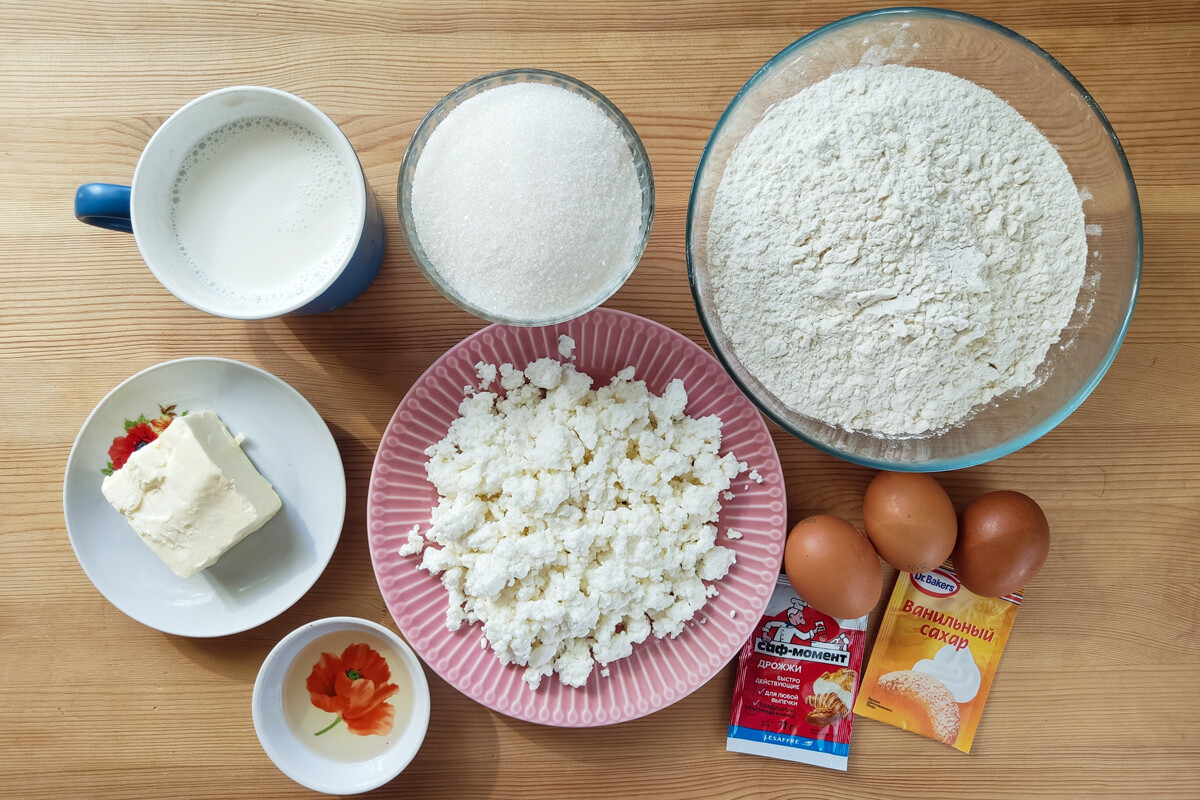
1. Let’s prepare the sourdough-yeast dough. In a mixing bowl, combine 1 cup of flour, 1 cup of sugar, and the sachet of yeast. Heat 1 cup of milk until warm (not boiling) and add it to the dry ingredients.
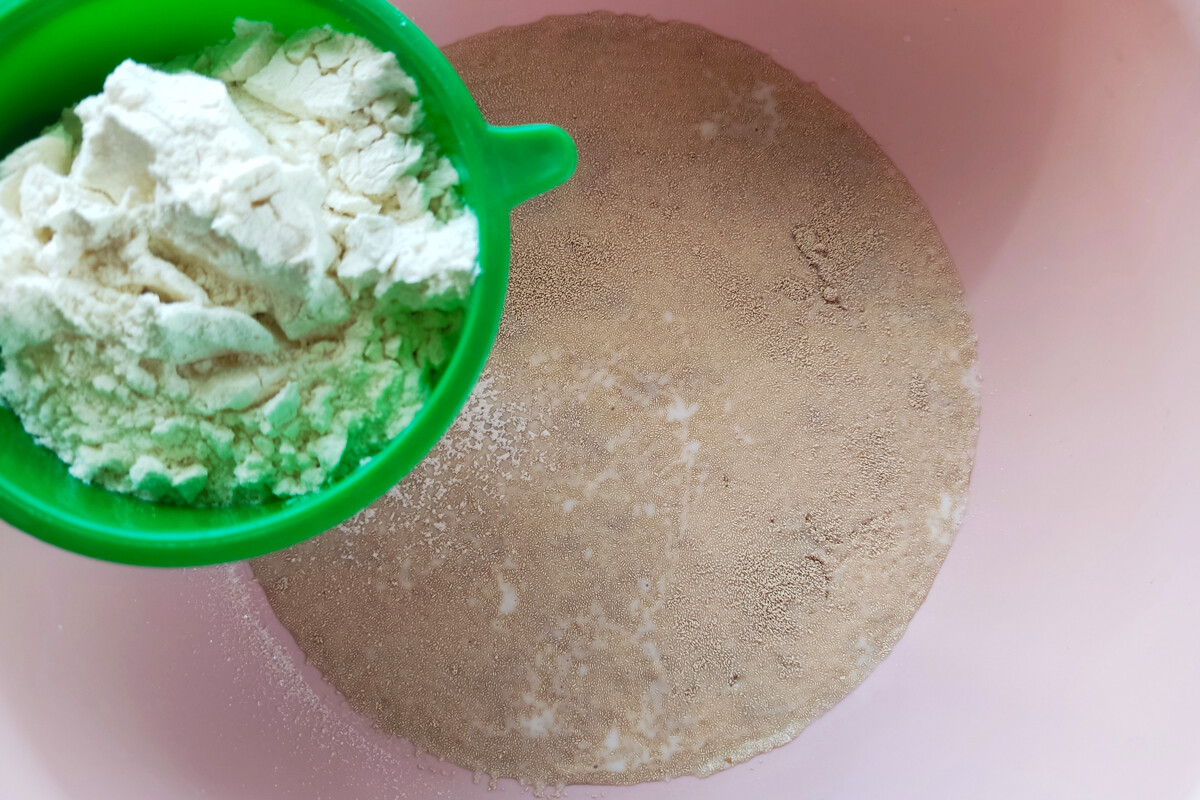
2. Mix everything together to form the dough. Cover the bowl and let the dough rise for 1-1.5 hours, until it has doubled in size.
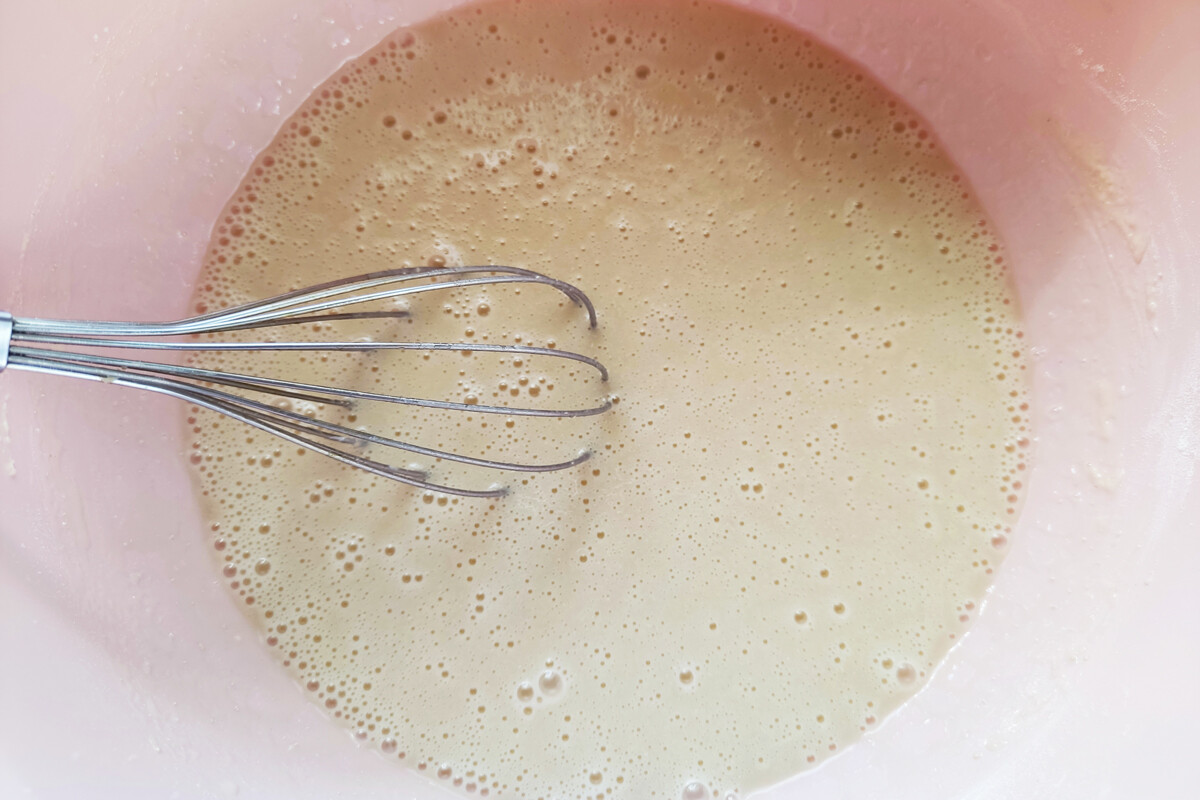
3. Once the sourdough has risen, add 500 g of flour, 1 egg, 100 g of butter, 1 tablespoon of vegetable oil, 1 teaspoon of salt, and 1 tablespoon of sugar to the bowl.
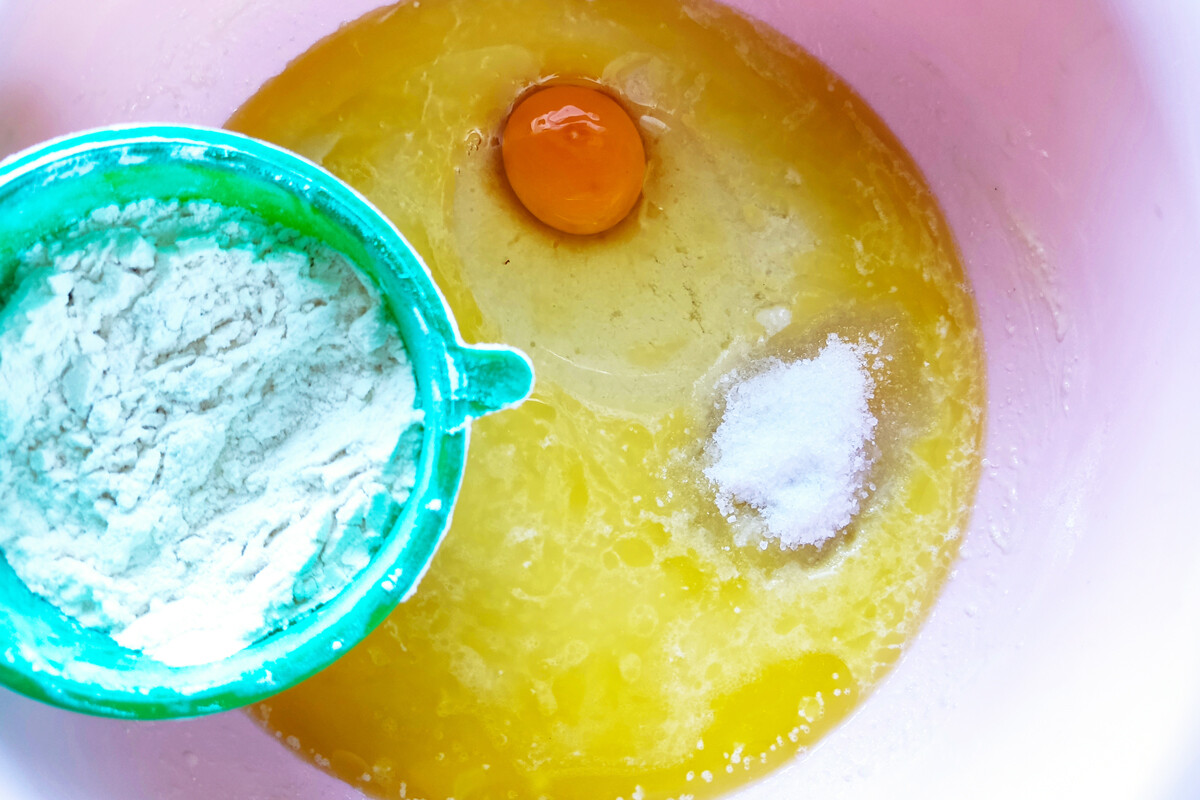
4. Knead the dough until all the ingredients are well incorporated. You may need to add a little more flour if the dough is too sticky.
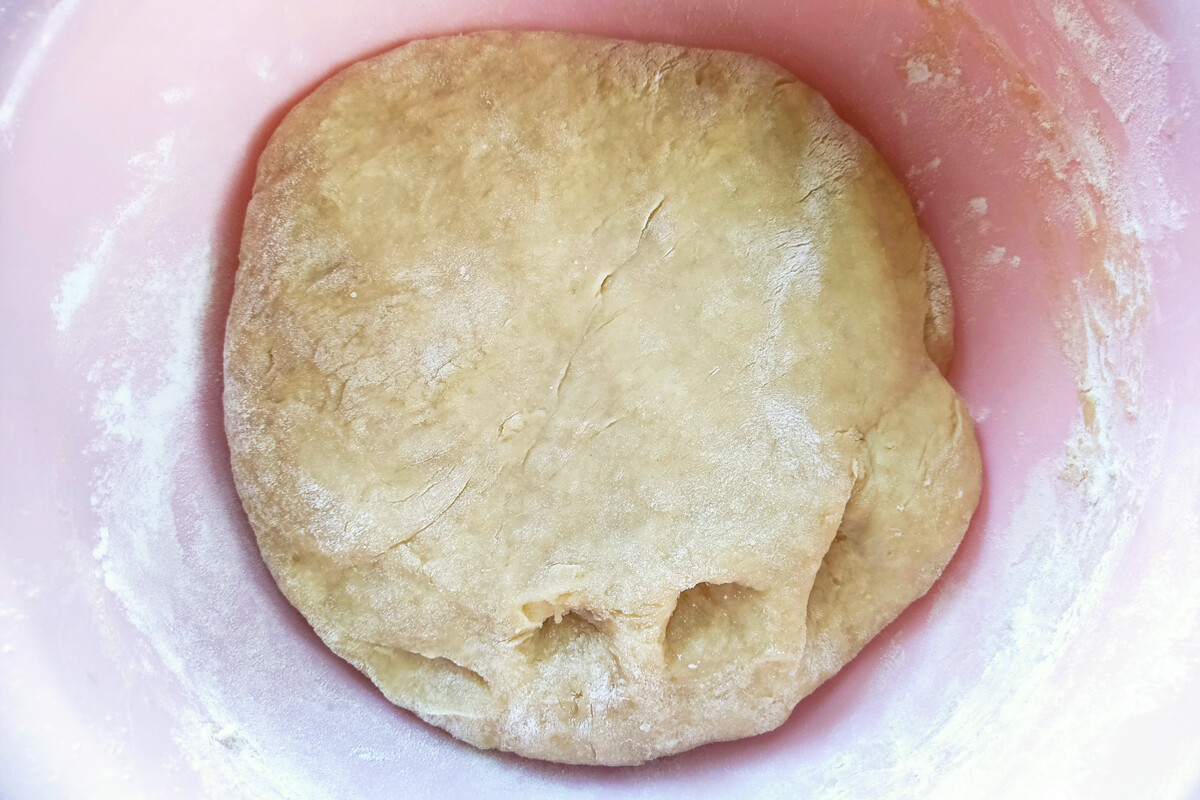
5. Let’s prepare the filling. In a separate bowl, combine 300 g of cottage cheese, 1 egg, 1 tablespoon of sugar, and vanilla to taste. Mix until you have a smooth, creamy filling.
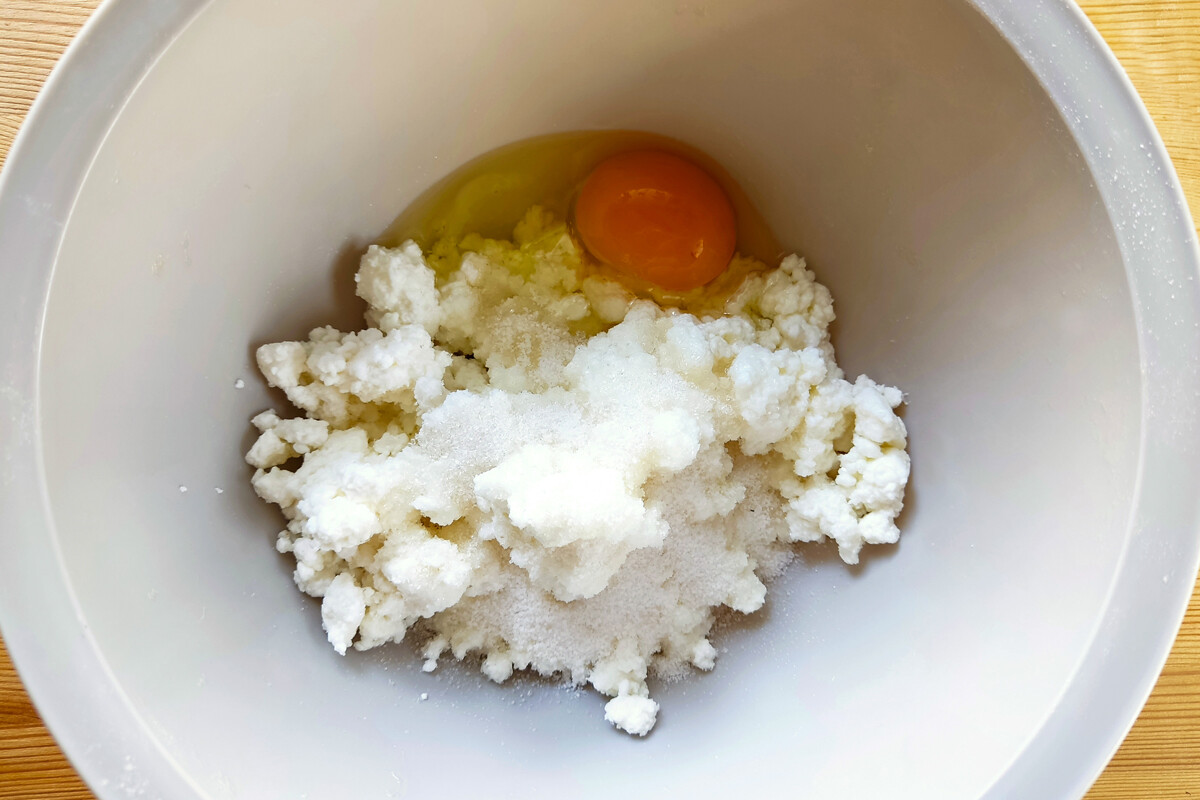
6. When the dough is ready, divide it into equal parts and roll out each part into a circle. Place a spoonful of the cottage cheese filling in the center of each dough circle.
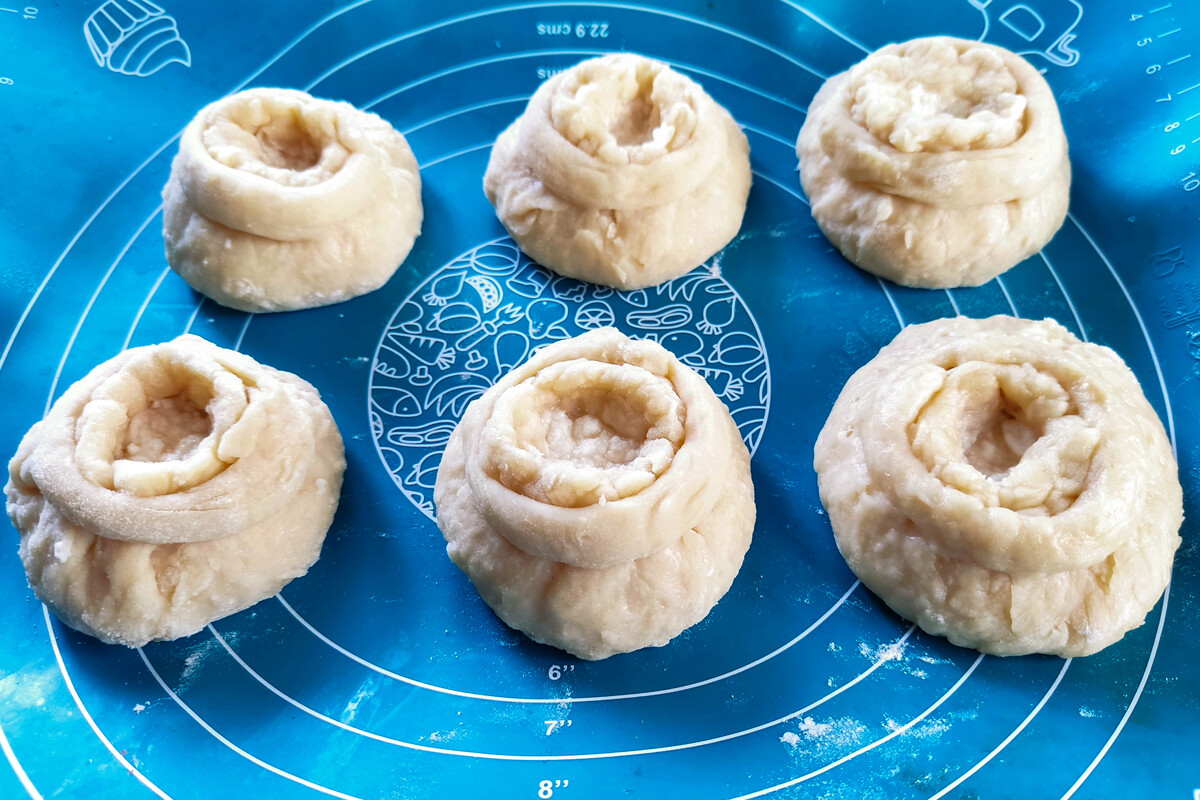
7. Carefully fold the edges of the dough over the filling, leaving a small hole in the center. Take a small piece of dough and roll it into a sausage shape. Place this around the hole in the center to serve as a decorative touch.
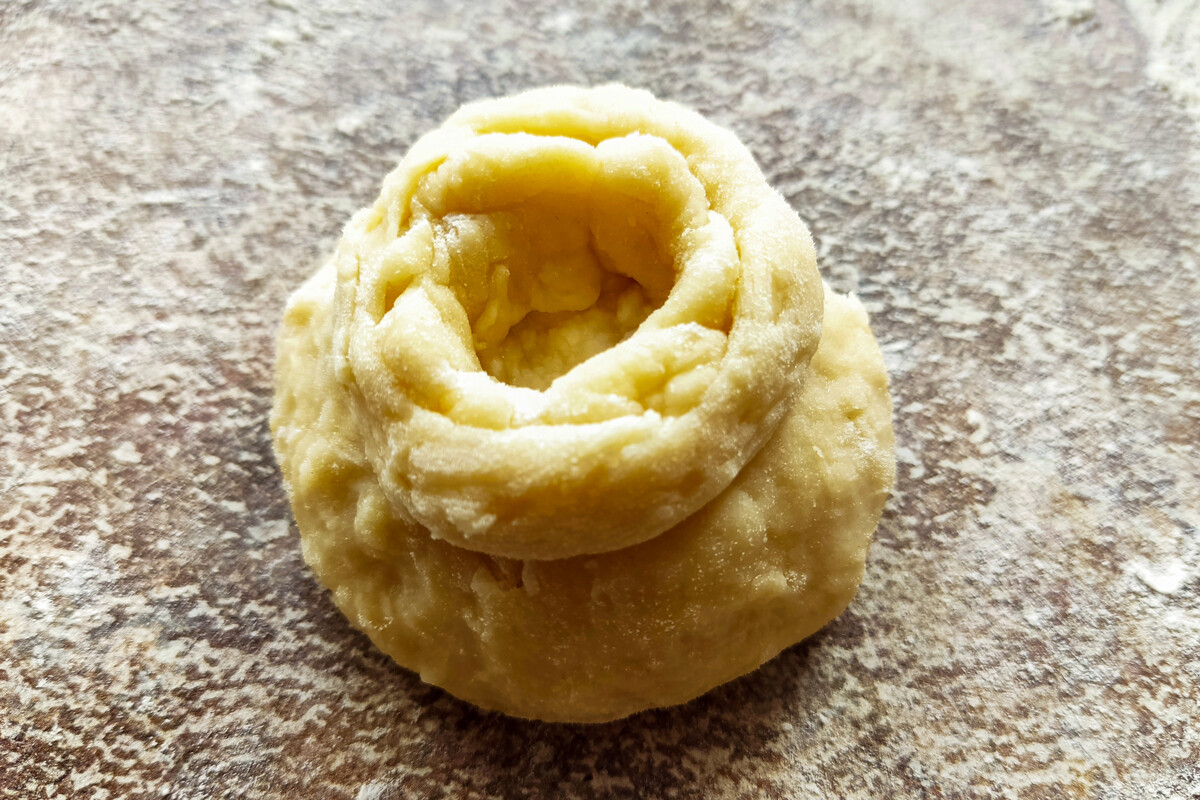
8. Beat the remaining egg and brush it over the tops of the buns in order to afterwards acquire a golden color.
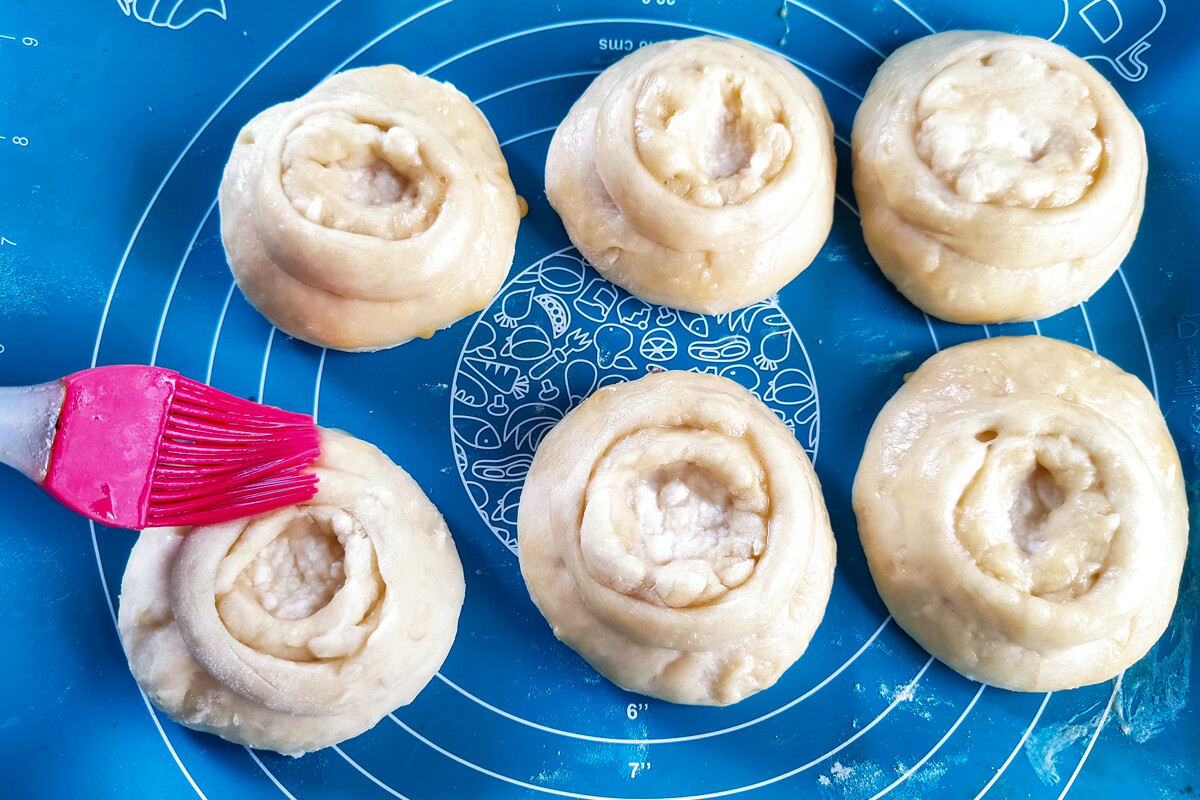
9. Preheat the oven to 220°C, and place the assembled buns on a baking sheet lined with parchment paper. Bake in the oven for about 15-20 minutes, or until they are golden brown. Enjoy them warm, though slightly cooled, before serving!
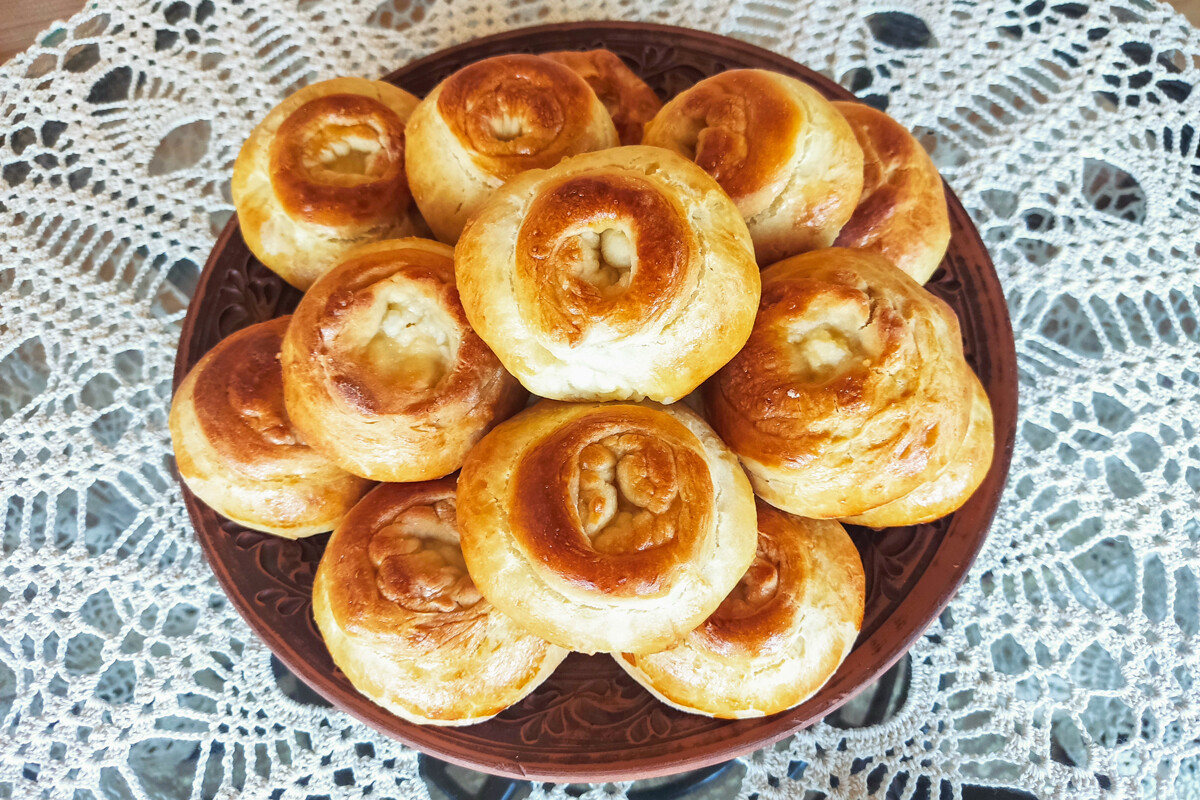
Dear readers,
Our website and social media accounts are under threat of being restricted or banned, due to the current circumstances. So, to keep up with our latest content, simply do the following:
Subscribe to our Telegram channels: Russia Beyond and The Russian Kitchen
Subscribe to our weekly email newsletter
Enable push notifications on our website
Install a VPN service on your computer and/or phone to have access to our website, even if it is blocked in your country
If using any of Russia Beyond's content, partly or in full, always provide an active hyperlink to the original material.
Subscribe
to our newsletter!
Get the week's best stories straight to your inbox